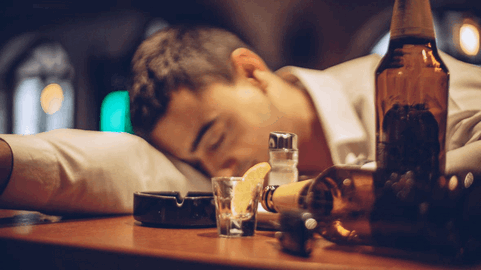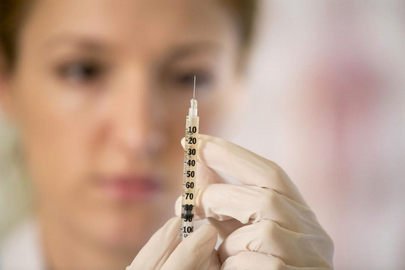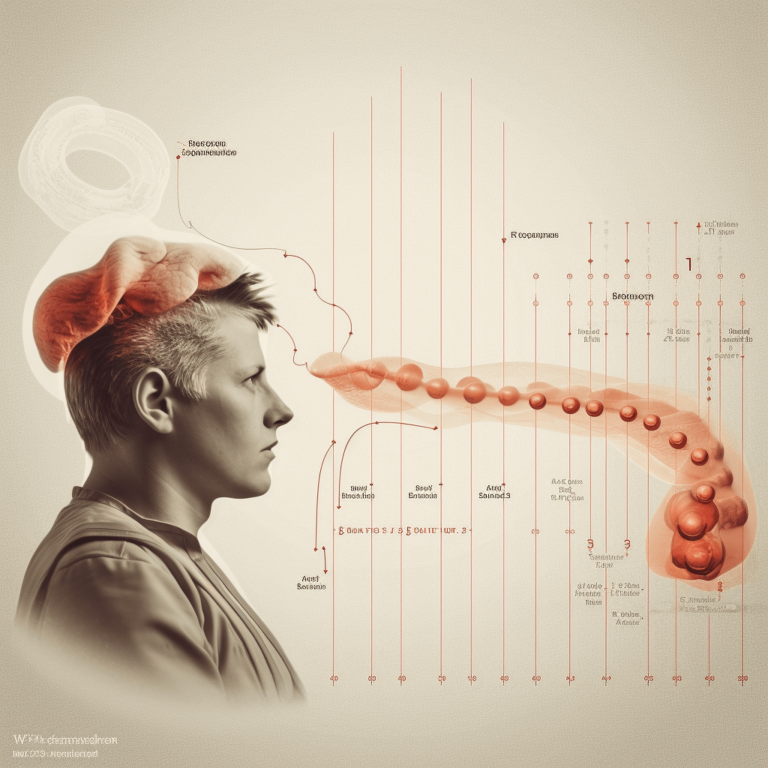A quick glance…
The time it takes for alcohol to metabolize and exit your system can vary based on a number of factors, including your weight, age, and gender. On average, it takes about one hour for your body to metabolize a standard drink, which in the United States is considered to be 14 grams of pure alcohol — roughly equivalent to 12 ounces of regular beer. However, this is just a general guideline and actual times can vary. Moreover, even one drink can impair your ability to drive, especially if you’re inexperienced or tired. The safest approach is to designate a sober driver, use a ride-hailing service, or stay overnight if you’ve been drinking. Always remember that driving under the influence of alcohol is not only illegal but also extremely dangerous, putting both yourself and others at risk.

We’ve all heard the saying, “Don’t drink and drive.” But what does it really mean in practice? How long should you wait after having just one beer before getting behind the wheel? In this article, we’ll dive into the factors that influence alcohol absorption and metabolism, the effects of alcohol on driving performance, and how long it takes for your body to process one beer. We’ll also provide tips on alternative transportation options and debunk some common myths about sobering up quickly. So, buckle up and let’s get started!
Factors That Influence Alcohol Absorption and Metabolism
Before we discuss how long it takes to sober up after a beer, let’s explore some factors that affect how your body processes alcohol:
- Body Weight and Composition: Alcohol is distributed throughout the body in proportion to the amount of water in each organ. Men generally have a lower blood alcohol concentration (BAC) than women after consuming the same amount of alcohol, as they tend to have a higher percentage of water in their bodies. Also, individuals with more body fat tend to metabolize alcohol more slowly than those with less body fat.
- Food Intake: Having food in your stomach before drinking can slow down alcohol absorption, reducing its impact on your body. High-fat foods are particularly effective in reducing the rate of alcohol absorption.
- Alcohol Content and Volume: The amount of alcohol in a drink and the size of the drink affect how quickly your body absorbs and metabolizes alcohol. Drinks with a higher alcohol content can increase BAC more rapidly than those with lower alcohol content.
- Rate of Consumption: Downing your drink quickly can cause your BAC to spike faster than if you sip it slowly. Your liver can only process a certain amount of alcohol per hour, so drinking more than this amount can lead to a higher BAC.
The Effects of Alcohol on Driving Performance
Even a small amount of alcohol can impair your driving abilities, affecting crucial cognitive and physical functions:
- Reaction Time: Alcohol slows down your reaction time, making it harder to respond to unexpected events on the road, like sudden stops or swerving vehicles.
- Vision: Alcohol can mess with your vision by reducing depth perception, peripheral vision, and color distinction abilities.
- Judgment and Decision Making: Alcohol can cloud your judgment and decision-making skills, leading to unsafe driving decisions like speeding or tailgating.
How Long It Takes for Your Body to Process One Beer
The time it takes to process one beer depends on factors like gender, body composition, drinking experience, and alcohol tolerance. On average, it takes the liver approximately one hour to metabolize one standard drink (e.g., a 12-ounce beer with 5% alcohol content). However, the effects of alcohol on driving performance can linger even after your BAC returns to zero. It’s best to play it safe and wait longer than one hour after drinking one beer before driving, especially if you’re inexperienced or have a low tolerance for alcohol.
Legal BAC Limits, DUI Penalties, and Breathalyzers
It’s essential to know the legal BAC limits for driving in your area, as penalties for DUI can be severe. In the United States, the legal BAC limit is 0.08% for drivers over the age of 21, with lower limits for commercial drivers and drivers under 21. Penalties for DUI can include fines, license suspension, and even jail time.
Breathalyzers and field sobriety tests play a crucial role in detecting alcohol impairment and ensuring safe driving. Police officers may administer these tests during traffic stops if they suspect a driver is under the influence. It’s essential to be aware of your rights and the potential consequences of refusing these tests in your jurisdiction.
Debunking Myths and Misconceptions About Sobering Up
Many myths and misconceptions surround the process of sobering up, and it’s crucial to separate fact from fiction. Here are some common misconceptions debunked:
- Drinking coffee or energy drinks: Caffeine may make you feel more alert, but it does not speed up alcohol metabolism or lower your BAC.
- Taking a cold shower: While a cold shower might wake you up, it won’t help your body metabolize alcohol any faster.
- Exercising: Working out might make you sweat, but it won’t remove alcohol from your system any quicker.
The truth is, there’s no shortcut to sobering up. Time is the only proven method for your body to metabolize alcohol and lower your BAC.
Alternative Transportation Options
If you’ve had a drink and you’re unsure whether you’re fit to drive, consider these alternative transportation options to ensure your safety and the safety of others on the road:
- Public Transportation: Buses, trains, and subways are reliable ways to get around without driving.
- Taxis and Ridesharing Services: Using a taxi or a ridesharing app like Uber or Lyft can be a convenient and safe way to get home after a night out.
- Designated Driver: If you’re going out with a group of friends, designate one person to stay sober and drive everyone home safely.
- Walking: If your destination is nearby and it’s safe to do so, consider walking instead of driving.
Risks of Driving with Low Levels of Alcohol
It’s essential to understand that even low levels of alcohol in your system can impair your driving abilities. Research has shown that drivers with BAC levels as low as 0.02% can experience reduced visual functions and a decline in the ability to perform two tasks simultaneously. These impairments can significantly increase the risk of accidents.
Conclusion
Understanding how long it takes for alcohol to leave your system before driving is critical for your safety and the safety of others on the road. The time it takes to process one beer varies based on factors like gender, body composition, drinking experience, and alcohol tolerance. It’s strongly recommended to wait at least an hour after having one beer before driving, but it’s always better to err on the side of caution and wait longer or use alternative transportation options.
Driving under the influence is not only dangerous but can also result in severe legal consequences. Stay informed about the effects of alcohol on driving performance, know the legal BAC limits, and always prioritize safety above all else. Remember, it’s always better to be safe than sorry when it comes to drinking and driving. Cheers to responsible driving!





